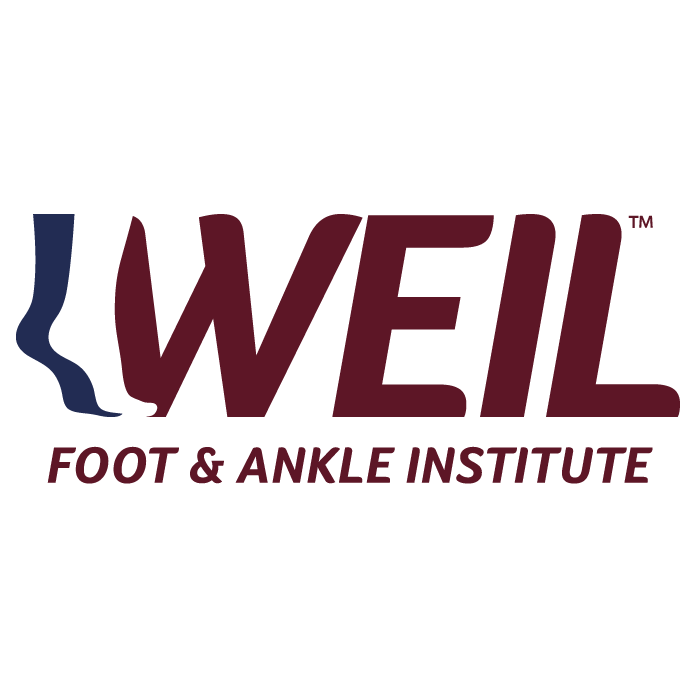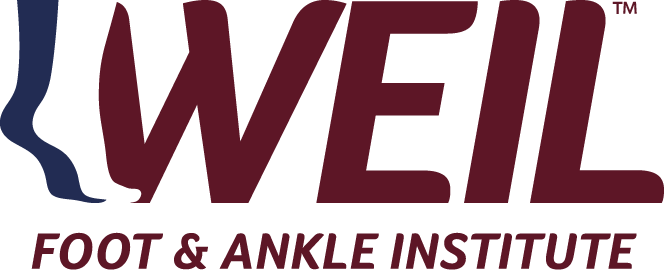Table of Contents
This article is a collaboration between Weil Foot & Ankle Institute with 28 locations across Illinois and southern Wisconsin and Fitness Formula Clubs (FFC) with 10 locations across Chicagoland.
Introduction
Five steps
1. Quality Support for Your Feet:
You might hear the word “orthotics” and think of older generations, but in reality, persons of all ages can benefit from custom orthotics – especially athletes! As your feet are your foundation, orthotics help ensure optimal foot health while making sure your body is properly aligned for your daily activities and sweat-inducing workouts. Orthotics reduce the stress on your feet and provide relief for any foot, ankle, hip, or knee pain. This helps athletes achieve their optimal performance, in addition to improving posture, preventing injuries, and lowering the risk of chronic foot problems.
No matter the shape of your foot, your arches will begin to collapse with age and wear. That’s where custom orthotics come in. They are built from electronically scanned or physical impressions of your feet and all their unique features. Not only can custom orthotics be modified in a variety of ways to match your body’s personal needs and activity level, they also are often covered by insurance as well! Your future self will thank you for this investment in your feet NOW.
2. Keeping Active & Strengthening Your Feet
Exercise and cross-training to strengthen the muscles. The foot is what connects our body to our environment. Our bodies get information from the ground with each step we take. A healthy functioning foot is the foundation for a healthy functioning body. With 33 joints, 150 ligaments, and 20 muscles, it’s important to train the foot to be active. An exercise that helps strengthen the foot – especially the arch – is called “short foot.”
The “short foot” exercise can be done on two legs, one leg, or in a one and a half stance. Distribute the weight of your body between the heel and the ball of the foot as you spread your toes and press the big toe into the ground. You should feel the arch of the foot activate and will see the distance between the ball of the foot and the heel decrease, resulting in a lift of the arch. Perform this exercise for 10 seconds up to 5 repetitions daily to strengthen your feet!
3. Proactive Injury Management
Just as you go in for an annual check-up every year with your general physician, it’s strongly recommended that people keep an annual appointment with a podiatrist as well! Podiatrists can evaluate your foot structure, conduct a gait analysis, provide shoe/orthotic recommendations, and most importantly – identify any potential warning signs. While the feet play second fiddle to the glamour muscles of biceps, calves, glutes, and abs, any foot or ankle issue can quickly stall or stop your exercise routine.
As podiatrists are foot, ankle, and lower leg specialists, there is no lower extremity issue they haven’t seen. They can evaluate your foot and quickly recognize a potential issue and recommend a course of action. With all the stress that athletes put on their feet, they’re more at risk for shin splints, heel pain, ingrown toenails, fungal infections, athlete’s foot, or joint pain – to name a few. A podiatrist can help make sure that you are on the right path to staying active now and decades from now.
In addition to regular podiatry visits, replacing your shoes is also key to preventing injuries. Shoes are not built to last forever, and experts recommend that you replace your shoes every 300-500 miles, depending on the quality of the shoes and your individual exercise routine. This can vary by person, but the more active you are, the more you should be replacing your shoes.
4. Stretching Before and After Exercising
Stretching is most people’s least favorite part of exercising, but it’s incredibly crucial. Stretching before exercising helps warm up your muscles, improve your performance, and prevent injury. Stretching after exercising allows your heart rate to return to normal, reduce the build-up of lactic acid, reduces muscle soreness, and improves your flexibility and range of motion.
To specifically give your feet some extra TLC before or after a workout, grab a golf, tennis, or lacrosse ball! Place the ball under your big toe and trace the ball from your toe to your heel. Repeat this process for each toe, working your way from your big toe to the little toe and then back again. This will allow you to trace the length of your foot two times. This can be done as a pre-workout or as post-workout recovery!
5. Proper Foot Hygiene
You might be tempted to skip past this bullet point but hang on! Just as you get into a routine with your workouts, you can jump into routine maintenance with your feet. Some basic tips for proper footcare include washing your feet daily and thoroughly drying them off. This can prevent bacteria and fungus from setting up camp in your feet or toenails. Cutting your toenails straight across is also imperative as this can prevent ingrown toenails, which can often need a procedure to repair. Lastly, for runners especially, just take a minute to examine your feet each day to notice any changes in your feet’s appearance. Pay special attention to the toenails and areas between the toes! Running can cause runner’s toe, which is microtrauma under the nail plate.
Lastly, quality socks can help with all of the above. Thick sweat-wicking socks, such as wool and cotton, can prevent your feet from getting and staying moist during your workouts. A dry foot is a happy foot, and quality socks can also prevent friction in your toes and heels.
Conclusion
To close, whether you are 20, 30, 40, or older 50, your future self will thank you for taking care of your feet NOW. Following these simple five steps can bring more years to your feet and help you stay active throughout your whole life.
If you don’t have a board-certified podiatrist in your phone’s Contacts yet, we can help! Call (847) 750-4856 or click the link below to make an appointment today!
FAQs
Athlete’s foot spreads easily, and is common in gyms, pools, or locker rooms. Wearing sandals instead of going barefoot in showers and locker rooms can help, in addition to changing socks after every workout and keeping the feet clean and dry.

Meet Weil Foot & Ankle Institute
By: Weil Foot & Ankle Institute and Stephanie Campione, FFC Park Ridge Fitness Director, Published: Nov 15, 2024
Review By: Lowell Weil Jr., DPM, MBA, FACFAS – Nov 14, 2024


